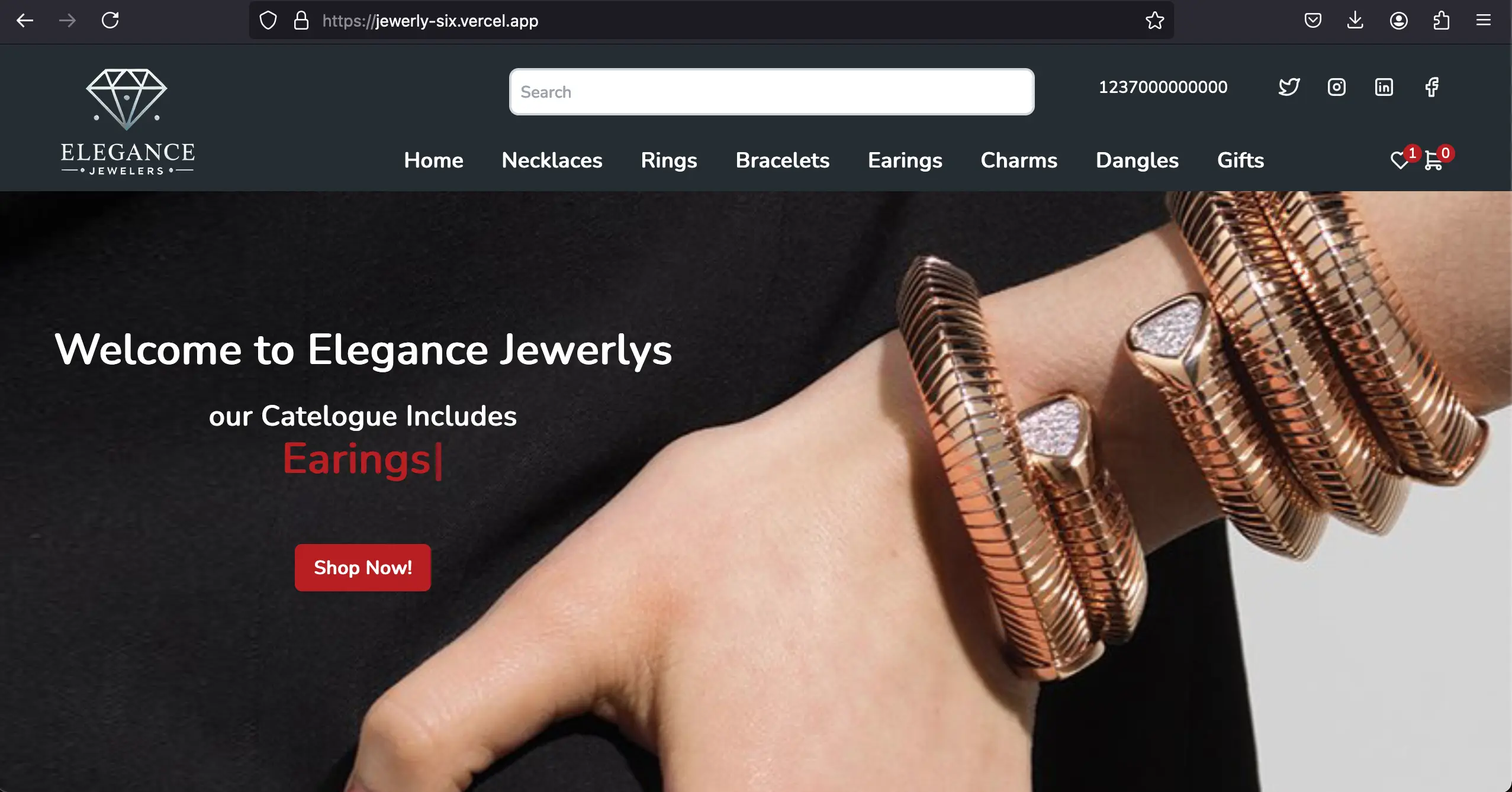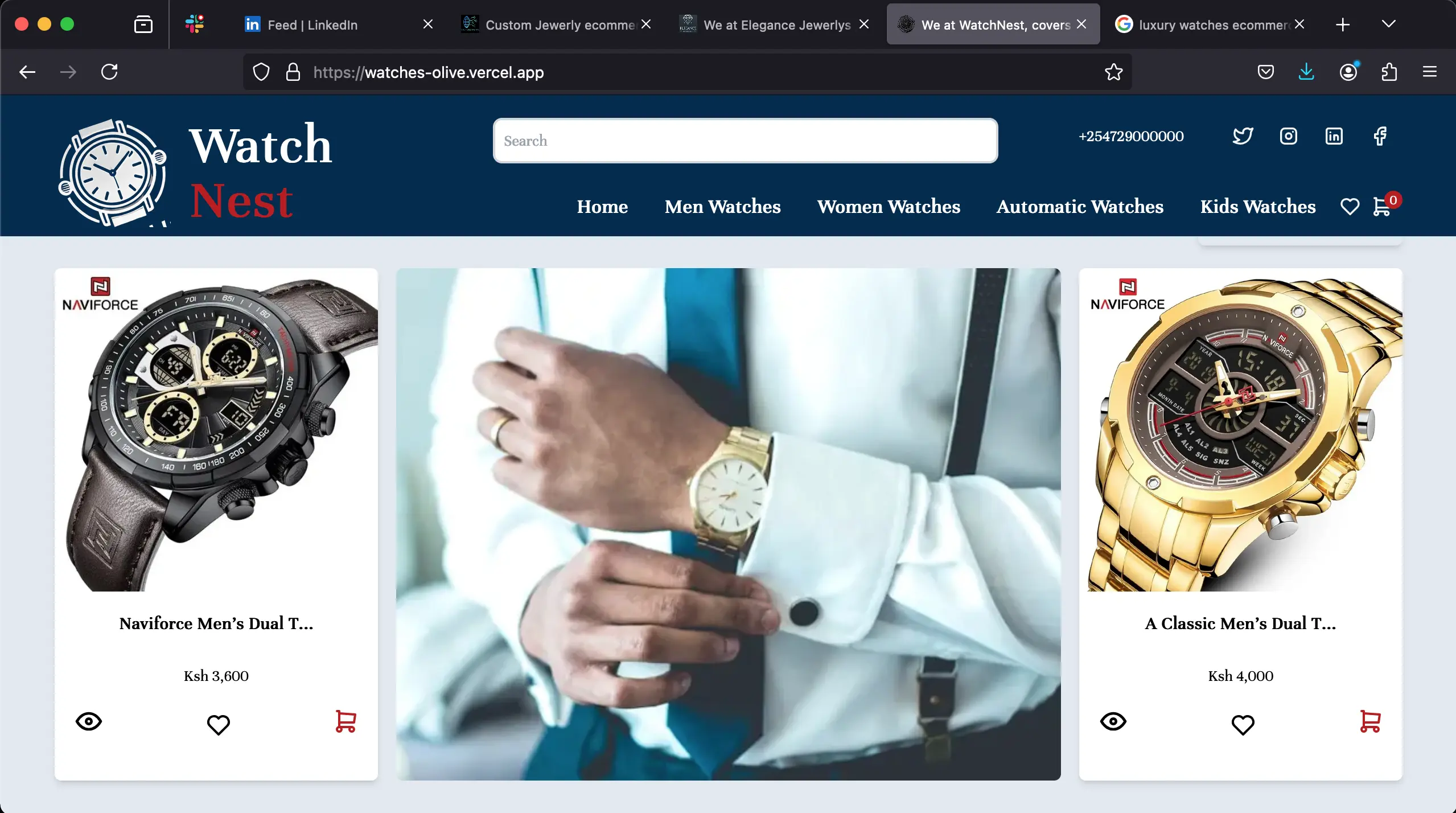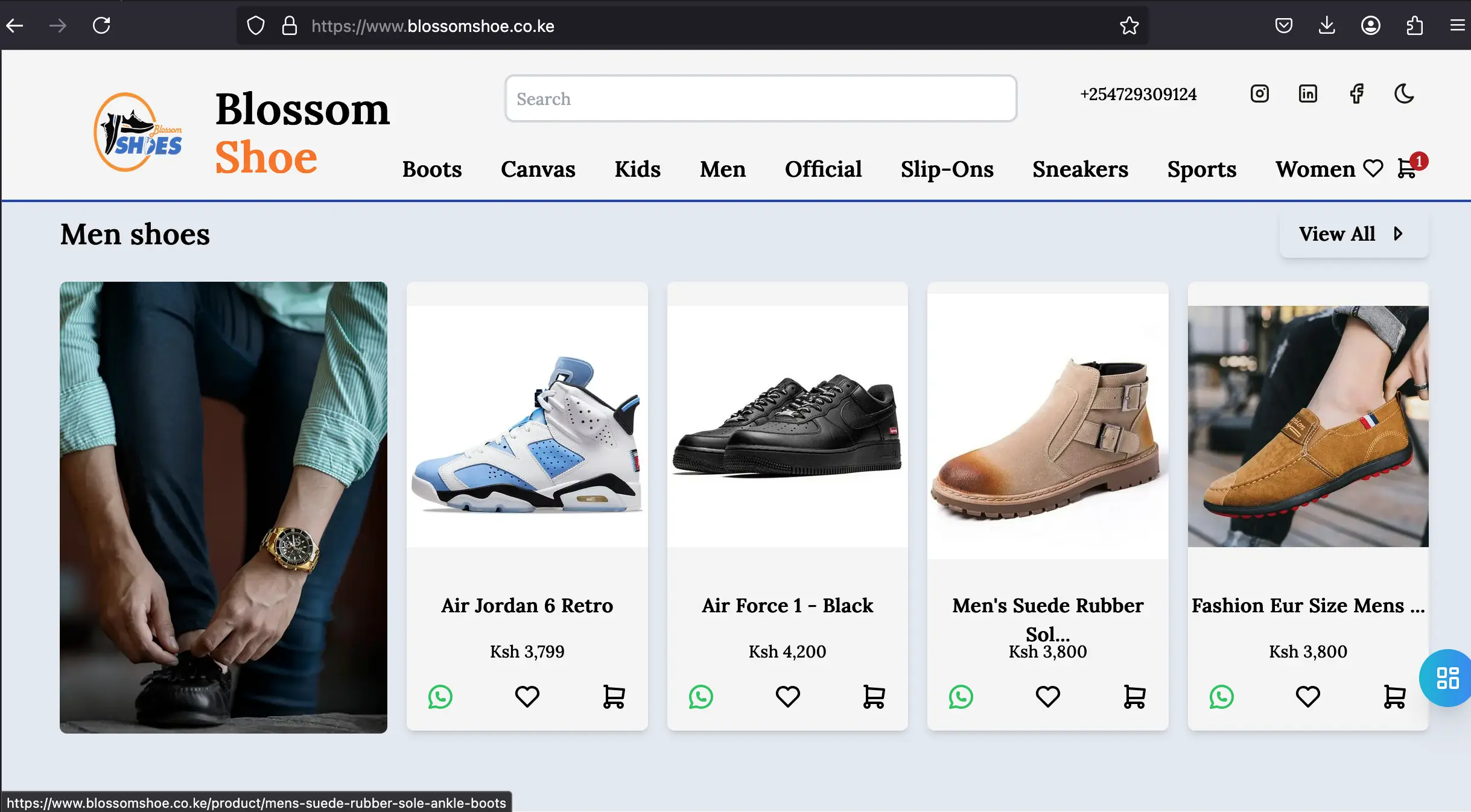
Why Your Business Needs a Mobile-First ecommerce Website in 2025
The digital marketplace is no longer desktop-centric. In 2025, mobile devices dominate global internet usage, with
- 95.9% of users accessing the web via smartphones
- For businesses in regions where 90% of internet traffic comes from mobile devices,
Adopting a mobile-first ecommerce strategy isn’t just advantageous—it’s existential. This article explores why prioritizing mobile optimization is critical for survival, customer retention, and revenue growth in today’s smartphone-driven economy.
1. The Mobile Dominance: A Market You Can’t Ignore
By 2025, 72.6% of global internet users will rely solely on smartphones 12, with countries like Kenya and Nigeria already seeing 78.6% and 73.6% of web traffic from mobile devices, respectively. In regions where 90% of users depend on smartphones, failing to optimize for mobile means alienating nearly your entire audience.
Consider these trends:
- 5.52 billion people globally use the internet, with 5.3 billion accessing it via mobile devices.
- Users spend 6 hours and 36 minutes online daily, primarily on smartphones.
- 72% of eCommerce transactions occur on mobile devices, a figure expected to rise as 5G networks expand.
For businesses in perfume, bakery, shoe, etc, these numbers translate to one reality: Mobile-first design isn’t optional—it’s the foundation of modern commerce.
2. SEO and Visibility: Winning the Search Engine Battle
Google’s mobile-first indexing prioritizes websites optimized for smartphones, directly impacting search rankings.
Here’s why:
- 53% of mobile users abandon sites that take longer than 3 seconds to load, harming bounce rates and SEO performance.
- Responsive design and AMP (Accelerated Mobile Pages) improve load times, ensuring your site meets Google’s Core Web Vitals metrics.
- Mobile-optimized sites rank higher in local searches, critical for capturing “near me” queries, which have surged in mobile-heavy markets.
Case in point: ecommerce stores using mobile-first website see higher visibility and conversion rates due to Google’s preference for mobile-friendly layouts.
3. User Experience: The Key to Retention and Conversions
Mobile users demand simplicity. A cluttered desktop design shrunk to fit a smartphone will frustrate users, leading to high bounce rates and lost sales. Key principles for mobile-first
UX include:
- Streamlined Navigation: Simplify menus with touch-friendly buttons and dropdowns.
- Prioritized Content: Highlight essential information (e.g., product details, CTAs) to reduce scrolling.
Speed as a Competitive Advantage
Mobile users are often on-the-go, and 40% abandon sites that take longer than 3 seconds to load.
Optimize performance by:
- Compressing images without sacrificing quality.
- Minimizing code and leveraging browser caching.
- Adopting fast technologies such as Nextsj, Qwickjs, etc to enhance website speed.
4. Driving Conversions: From Browsers to Buyers
Frictionless Checkouts
A complicated checkout process is the #1 cause of cart abandonment. Mobile-first strategies address this by:
- Offering guest checkout options (preferred by 60% of mobile shoppers).
- Integrating mobile payment services (e.g., Mpesa, Stripe) for one-tap payments.
- Implementing Buy-Now-Pay-Later (BNPL) services, reduce financial friction.
Amazon’s “1-Click” checkout exemplifies this approach, reducing steps and boosting conversions by 18%.
Personalization
Leveraging data, businesses can deliver hyper-personalized experiences:
- Fast-moving products and featured products
- Product recommendations based on browsing history.
- Dynamic pricing and targeted discounts.
- Predictive search functionality, anticipating user needs.
Security and Trust
With 64% of users abandoning sites over security concerns, the mobile-first design must prioritize:
- SSL encryption and GDPR-compliant data practices.
- Transparent privacy policies.
In summary: The Mobile-First Imperative
In a country where 90% of internet users rely on smartphones, a mobile-first ecommerce website isn’t just a trend—it’s a business necessity. From SEO dominance to frictionless checkouts, the benefits are clear:
- Capture 90% of your market by meeting users where they are.
- Boost conversions with speed, simplicity, and personalization.
- Stay ahead of competitors adopting 5G, AI, and AR innovations.
Businesses that delay risk irrelevance. As mobile commerce evolves, the time to act is now.
Our Templates
Our Trending blogs

Myrachanto
As a Full Stack Web Developer with 7+ years of experience, I specialize in Golang (5+ years) and modern frameworks like React.js, Next.js, and Qwik.js, paired with Tailwind CSS for sleek front-end design. My architectural foundation blends Domain-Driven Design (DDD) and Hexagonal Architecture, ensuring scalable, maintainable systems aligned with business objectives














